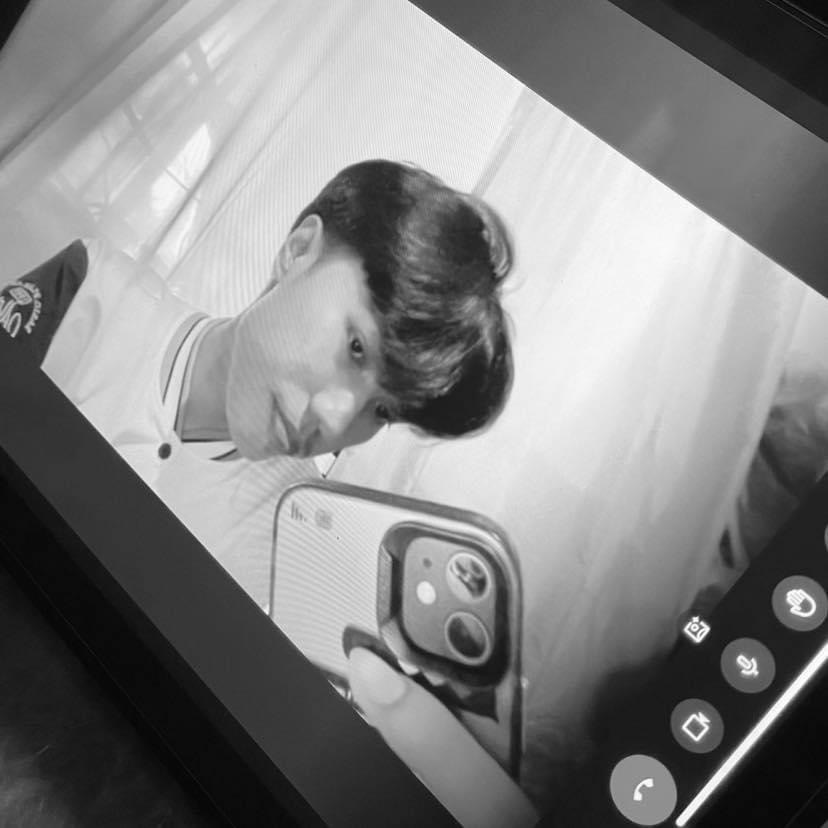UNIT 2_INTRODUCTION TO MOVEMENT EDUCATION
Cards (28)
- Anatomical Reference Position - is the position of the body when it is standing straight up, palms facing front, with both arms hanging by its sides. Feet are flat on the ground and looking forward.
- The body is also divided by three imaginary planes known as the sagittal plane, coronal plane, and transverse plane.
- the five sections of the body
- head
- neck
- torso
- upper extremities
- lower extremities
- transverse plane - top viewfrontal plane - front viewsagittal plane - side view
- Studying human movement can help us understand how the brain governs and coordinates daily motions, how the body adapts physiologically, neutrally, and psychologically to exercise, and how regular physical activity contributes to the prevention and management of chronic diseases.
- this point of understanding movements, we must be conscious of three things:
- bending and straightening;
- going away from the centerline of the body;
- rotating in place.
- Bending and Straightening Movements
- Flexion and Extension
- Hyperflexion and Hyperextension
- Hyperflexion and Hyperextension: are exaggerated movements beyond the normal limit permitted by a joint. It can happen in limbs or the vertebral column and can result in ligament tear, damage, or dislocations.
- During flexion, the leg moves backwards (posteriorly). During extension, it moves forwards (anteriorly)
- Moving Away from the Center
- Abduction and Adduction
- rotation
- Abduction movements are swinging away, while adduction is swinging towards the center.
- Rotation can occur within the vertebral column, at a pivot joint, or at a ball-and-socket joint. The neck or body is the twisting movement produced by the summation of the small rotational movements available between adjacent vertebrae
- Specialized Movement
- Elevation and Depression
- Pronation and Supination
- Lateral Flexion
- Circumduction
- Inversion and Eversion
- Dorsiflexion and Plantarflexion
- Opposition and Reposition
- This specialized movement can happen in the scapula, or the triangular bone and upper back. During depression, the scapula moves directly downwards. During elevation, it moves directly upwards.
- The facing down (pronation) and facing up (supination) of the palm is the indicator of this forearm movement. It is facilitated by a rotational movement in the radioulnar articulation at the elbow joint.
- Lateral Flexion - This movement is applicable mostly to the trunk. It is a bending movement (flexion) to the side (lateral) of the torso, observable in the front view.
- Circumduction - is a special type of movement that is actually a combination of many other ones. The order must be sequential, but it can start from either flexion or adduction. The result is a circular movement. Due to the multitude of movements, it is restricted to ball-and-socket type joints, such as the shoulder and the hip.
- The antagonistic movements of inversion and eversion take place relative to the median place and are specific to the foot. In eversion, the plantar side of the foot is moved away from the median plane so that it is turned laterally. In inversion, the plantar side is moved towards the median plane, resulting in a medial turn.
- Dorsiflexion and Plantar flexion - are terms used to describe movements at the ankle. They refer to the two surfaces of the foot; the dorsum (superior surface) and the plantar surface (the sole). Dorsiflexion refers to flexion at the ankle, so that the foot points more superiorly. Plantar flexion refers to extension at the ankle, so that the foot points inferiorly.
- Opposition and Reposition - A pair of movements that are limited to humans and some great apes, these terms apply to the additional movements that the hand and thumb can perform in these species. Opposition brings the thumb and little finger together. Reposition is a movement that moves the thumb and the little finger away from each other, effectively reversing opposition.
- Directional Terms
- Superior and Inferior
- Anterior and Posterior
- Dorsal and ventral
- Lateral
- Medial
- Deep and Superficial
- Proximal and Distal
- Superior and Inferior - are used when referring to parts of the body which are toward an end of the body. Superior structures are toward the head (cranial) while inferior (caudal) structures are toward the feet.
- Anterior and Posterior - are sometimes used in place of superior and inferior, respectively. Anterior refers to the side of the structure (front) facing in the standard anatomical position while posterior refers to the back part
- Dorsal and ventral - are sometimes used in place of anterior and posterior, respectively. Dorsal means the back side or upper side, while ventral means the frontal or lower side.
- Lateral - is used to describe anything closer to the sides of the body (toward the arms, in the standard anatomical position).
- Medial - is used to describe anything toward the middle of the body. In general, many structures of the human body are bilateral and symmetrical with the middle of the body, such as the lungs or the arms
- Deep and Superficial - Deep refers to structures closer to the interior center of the body. For example, bones in an appendage are located deeper than the muscles. Superficial is used to describe structures that are closer to the exterior surface of the body. For example, the outer layers of skin are superficial to deeper layers of skin.
- Proximal and Distal - Proximal refers to a point closer to the reference point while distal refers to a point farther away. When describing appendages, the proximal end of the appendage connects the appendage to the body, while the distal end is away from the body.
